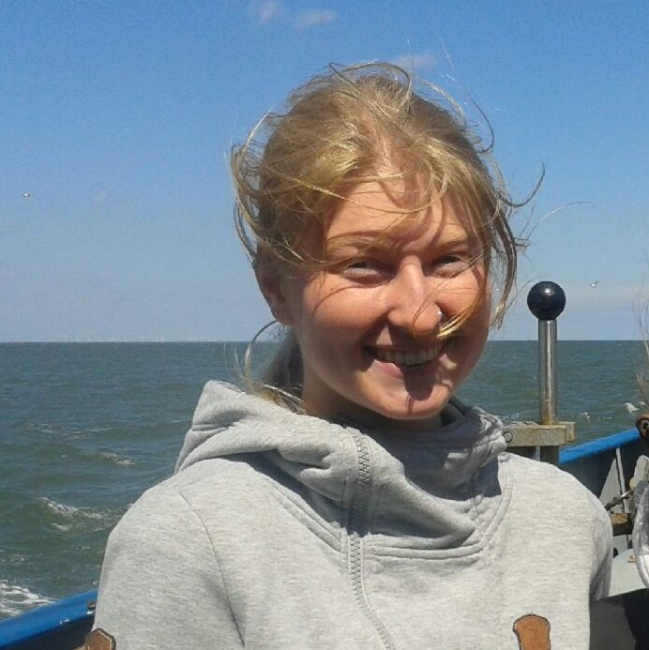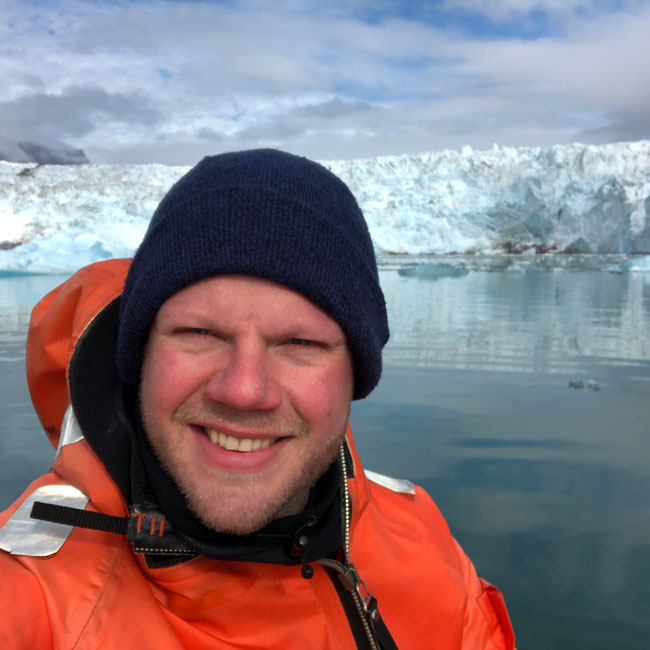Marine heatwaves in the Subarctic and the effect of acute temperature change on the key grazer Strongylocentrotus droebachiensis (Echinoidea, Echinodermata)
[Published 18 December 2024]
Scientific Publications
Abstract
Subarctic fjord systems are facing a continuous temperature increase as well as more frequent and more intense marine heatwaves (MHWs). MHWs are periods of exceptionally high temperatures above the long-term average. In the Porsangerfjord (Northern Norway), the average water temperature ranges from 2.5°C in March to 10°C in August. MHWs frequently exceed the summer maximum by up to 6°C with so far unknown ecological effects. The green sea urchin, Strongylocentrotus droebachiensis, is a key grazer on habitat-forming kelp in Subarctic fjord systems. At high abundances, sea urchins transform productive kelp beds through pronounced grazing into depleted sea urchin barrens. In a laboratory experiment, we investigated the influence of acute temperature change on the grazing activity and the metabolic performance of the green sea urchin. Grazing rates increased continuously from 2 to 10°C but decreased again at 14°C. At 22°C, rapid decay of sea urchins were associated with changes of the metabolic energy state from aerobiosis to anaerobiosis. We propose two scenarios: Moderate warming might lead to the proliferation of the sea urchin population and increased grazing pressure on kelp forests, while extreme warming, as predicted by the end of the century, as well as the occurrence of extreme MHWs, may severely impair the sea urchin population and, in turn, might favour the proliferation of adaptable kelp species.
FACE-IT Scientists:
Marie KOCH
Alfred Wegener Institute, Helmholtz Centre for Polar and Marine Research, Bremerhaven, Germany
University of Bremen, Germany
Marie’s FACE-IT Projects
Role in FACE-IT:
• PhD student "Biodiversity Changes"
Simon JUNGBLUT
Marine Botany, University of Bremen, Germany
Association of Marine Sciences, Bremen
Society for Natural Sciences NWV, Bremen, Germany
UBremen personal page
ResearchGate
Role in FACE-IT:
• Scientific Project Manager
• Member of the Executive Board
• Co-Leader "Policy Dialogue and Outreach"
• Co-Leader "Project Management"
• Researcher "Biodiversity Changes"


